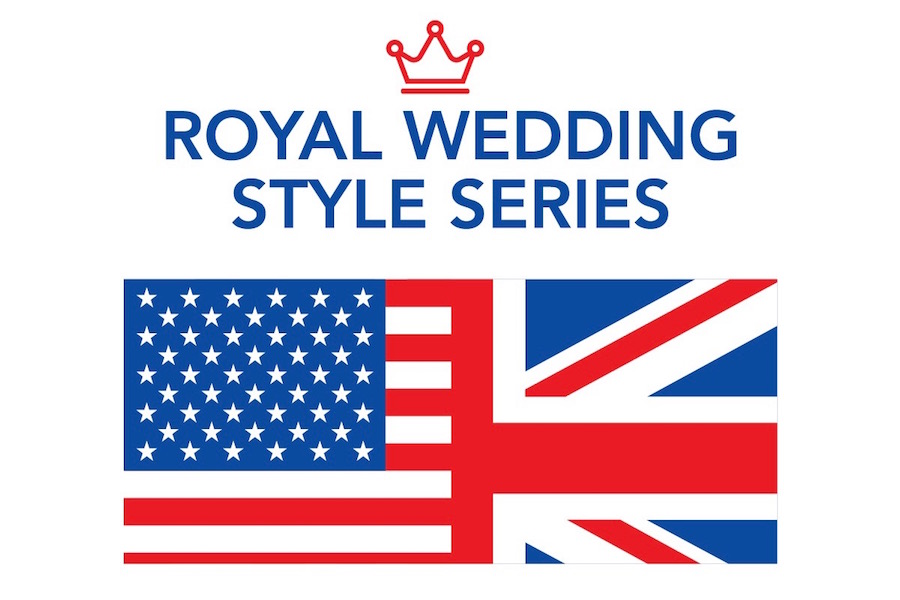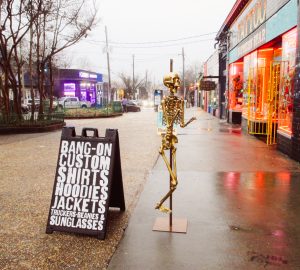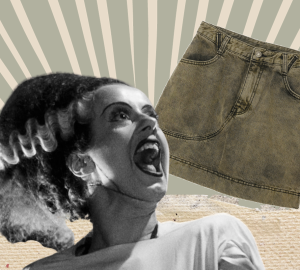Royal Wedding Series: ‘The Royal Wedding Triumvirate’
The Royal Wedding Series is an eight-part series that highlights exceptional work by fashion journalists at SCAD Atlanta. The series was written entirely by students in Writing About Fashion and Fashion Writing courses, taught by Professor Linda Sherbert. The students were assigned to cover the royal wedding of Meghan Markle and Prince Harry. Each piece was written from a unique perspective and style surrounding the topic of the historic royal wedding. If you would like to submit a work of fashion journalism, contact fashion@scadconnector.com.

by Sarah Bradley
Royal wedding dresses have, over the past 40 years, simplified. The first and most famous of these was Princess Diana’s in 1981. Designed by Elizabeth and David Emanuel, the dress set the trend for wedding gowns for years. Puffed sleeves, full skirts and taffeta that piled up for days came into Vogue in the years after Diana married Prince Charles.
I can see the influences of Diana even in my own mother’s wedding dress. The small waist, the voluminous sleeves, the stiff white fabric and the lace are all touches of Diana that made their way across the Atlantic. It was the frilly signet of royalty imprinted on wedding dresses around the world in the ’80s.
In 2011, the Duchess of Cambridge’s gown, designed by Sarah Burton for the house of Alexander McQueen, again exerted a pull on wedding fashion. This time, instead of generous sleeves, there was fine lace up and down the bride’s arms and an elaborate applique on the bodice.
In the years leading up to Kate’s marriage to Prince William in 2011, the fashion world had already been experiencing the Kate Middleton Effect: anything she wore publicly saw a boom in sales. So, manufacturers of wedding gowns were poised by their sewing machines, waiting to sell beaucoup of knockoffs to brides all over the world.
However, no doubt to the dismay of the design team for Kate’s dress, David’s Bridal produced a nearly identical version of Kate’s royal ball gown a hundred days before the wedding. However, this played out in a manner other than anticipated — the predicted cash-cow flopped.
When Kate finally wore her Victorian-inspired gown on her wedding day, it led many potential brides — who might have bought the knockoff — to choose dresses that were less similar. The reason was simple, no one wanted to look like they were wearing a costume imitating the Kate on their special day. Still, sweetheart necklines, illusion lace and full skirts were ubiquitous in wedding fashion for years after those royal nuptials.
And now there is Meghan Markle’s modern gown, designed by the house of Givenchy. As for how this recent addition to the wedding gown triumvirate will play out, time will tell. But if I were to make a prediction, I would say that wedding dresses in the next few years will skew toward even greater simplicity.





















